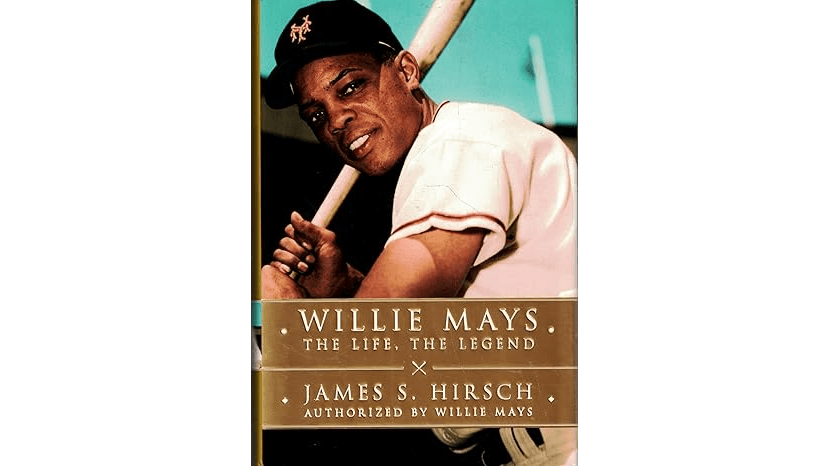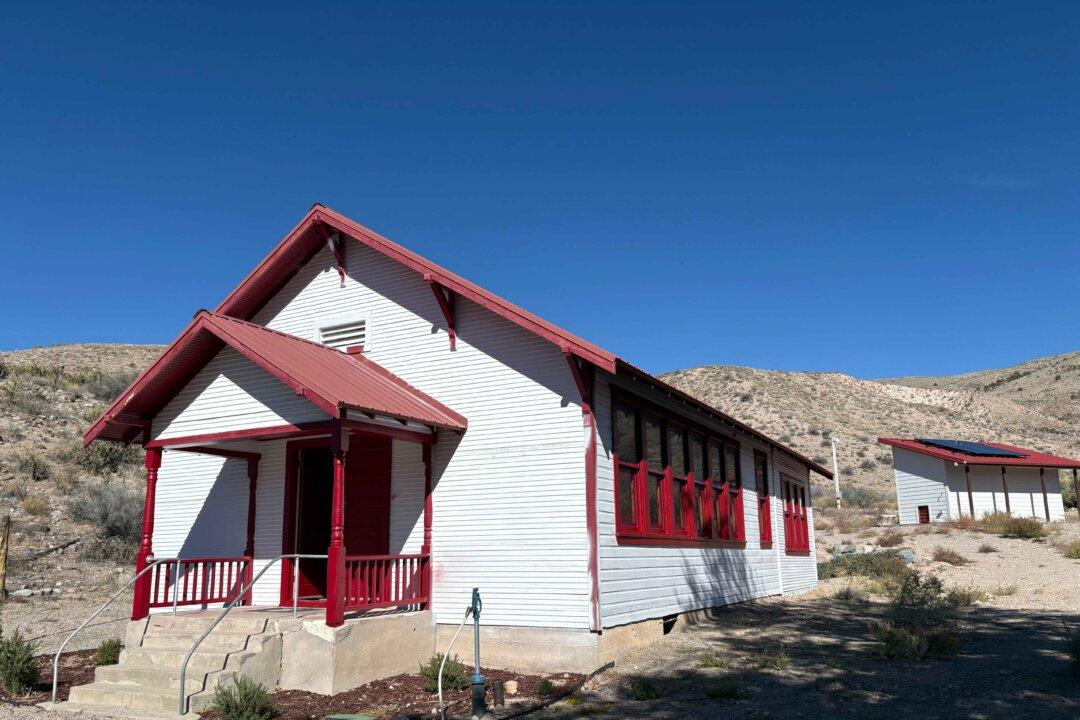Baseball legend Willie Mays Jr. passed away in June of this year at age 93, but Scribner published his authorized biography in 2010. Former journalist James S. Hirsch wrote the weighty volume, at 640 pages, the hardback version, but it’s relevant due to the characteristics and skills of its subject.
The book’s succinct title encompasses its thesis: “Willie Mays: The Life, the Legend.” Through 36 compelling chapters that also serve as a timeline, the author gives us a detailed look at how a sharecropper’s son from a mill town near Birmingham, Alabama, became arguably one of the best baseball players to play the game.





